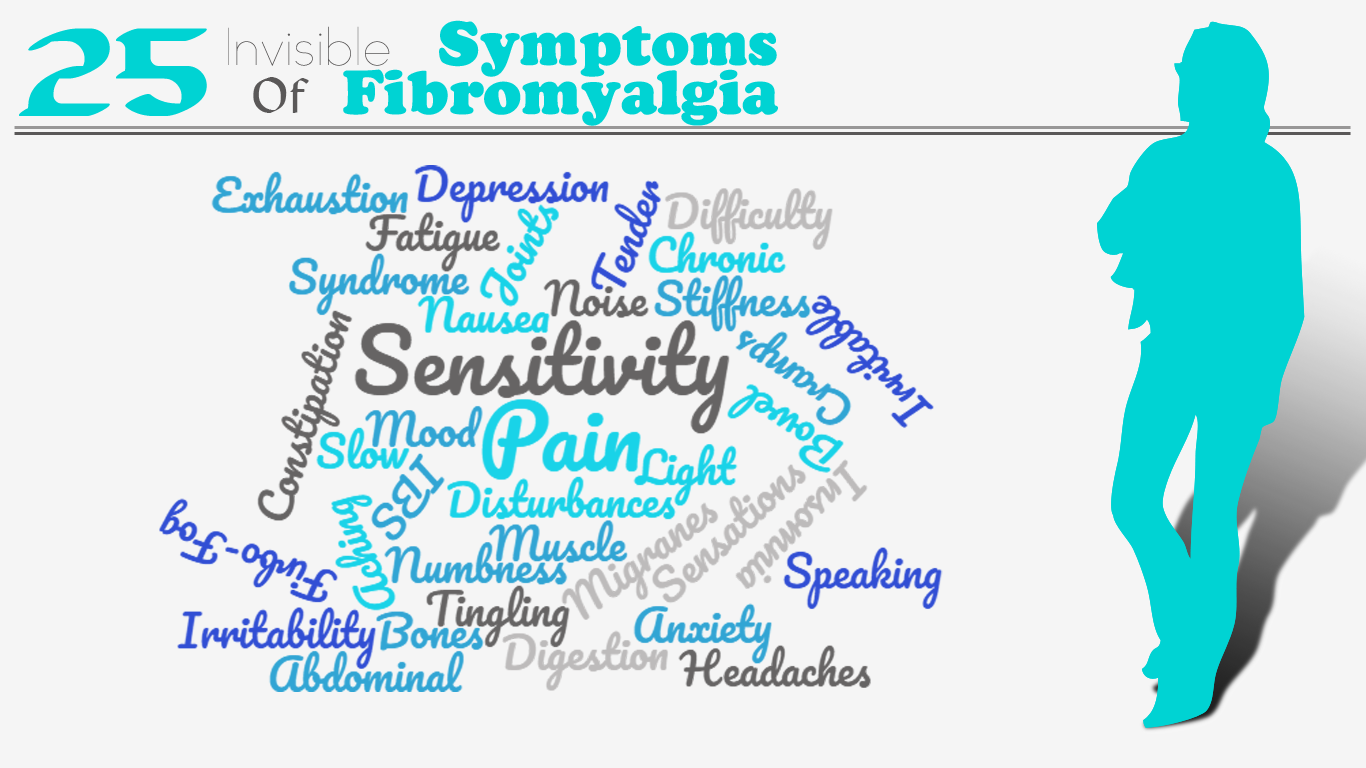Physical Therapy for Fibromyalgia
/If you are one of the five million people in the United States who suffer from fibromyalgia, you know what a challenge it can be to find relief from the chronic pain, stiffness, and fatigue associated with this debilitating condition thought to be caused by increased sensitivity of the central nervous system.
Because fibromyalgia shares symptoms with conditions such as chronic fatigue syndrome, rheumatoid arthritis, lupus, and hypothyroidism, it can often be difficult to diagnose. Along with widespread pain and characteristic “tender points,” fibromyalgia sufferers may also experience anxiety, depression, digestive issues, and cognitive and memory problems. Since there is no cure and no lab test that detects fibromyalgia, sufferers may feel shuffled from doctor to doctor before they finally receive a diagnosis, much less, experience relief from their symptoms.
But now, the American Physical Therapy Association and Centers for Disease Control and Prevention (CDC) are providing hope for fibromyalgia sufferers by raising awareness of the benefits of physical therapy for relieving chronic fibromyalgia pain and its related symptoms.1
Getting Started with Exercise
When you are in pain, the last thing you want to do is exercise. Yet even a small amount of aerobic exercise, such as walking, swimming, and stretching, can help reduce pain and stiffness, improve muscle function, and improve your quality of sleep. Your physical therapist will design a customized exercise program that allows you to start slowly and pace yourself, while gradually building muscle strength and endurance.
Your therapist may also recommend holistic exercises such as tai chi and yoga to reduce pain, increase flexibility, and improve sleep.
Understanding Alternative Therapies
Therapeutic use of water, or hydrotherapy, can be a powerful treatment for those suffering from fibromyalgia. Your physical therapist may alternate the use of ice packs and moisturized heat to reduce inflammation and increase blood and oxygen flow throughout your body. Aquatic exercise and spa baths help reduce muscle stiffness, tenderness, and pain associated with fibromyalgia.2
Your physical therapist may give you a deep tissue massage or another type of therapeutic massage to relax muscles, break up scar tissue, and improve blood circulation. Research shows that various types of therapeutic massage can reduce fibromyalgia pain and stiffness, and ease symptoms of depression.3
He or she may also physically manipulate your muscles and joints to reduce fibromyalgia pain and increase flexibility and range of motion. Some patients may also experience pain relief from dry needling (fine needles inserted directly into muscles) or electrical stimulation.
Managing Your Pain
A physical therapist experienced in treating fibromyalgia will not only help you understand your condition but will teach you how to identify and interpret pain triggers and patterns. He or she may use biofeedback techniques to help you control our pain—for example, connecting you to an electromyography (EMG) device to help you learn how to decrease muscle tension and spasms.4
Fibromyalgia is often characterized by disrupted or unrefreshing sleep. Ask your therapist to help you set up a regular sleep schedule and optimal environment to help you sleep through the night and wake up refreshed.
To complement your physical therapy treatments, your therapist may refer you to a cognitive behavior therapist, who can help you adjust negative thinking patterns and provide coping methods for dealing with your pain.
The more you learn about what triggers your pain and how you can reduce it, the more confident and motivated you will feel in managing your fibromyalgia and improving your quality of life.
Finding the Right Therapist
The American Physical Therapy Association provides an online search tool that will provide you with a list of licensed physical therapists in your area. Before making an appointment, ask if the physical therapist has specific education and experience in treating fibromyalgia. During your initial visit, be sure and provide your therapist with a detailed explanation of your symptoms, so that he or she can develop the most effective treatment plan for you.









